The 10 greatest changes of the past 1,000 years
In Europe, the last millennium has been shaped by successive waves of change, but which shifts, in which centuries, have really shaped the modern world? Historian Ian Mortimer identifies the 10 leading drivers of change

11th century: Castles
Most people think of castles as representative of conflict. However, they should be seen as bastions of peace as much as war. In 1000 there were very few castles in Europe – and none in England. This absence of local defences meant that lands were relatively easy to conquer – William the Conqueror’s invasion of England was greatly assisted by the lack of castles here. Over the 11th century, all across Europe, lords built defensive structures to defend them and their land. It thus became much harder for kings to simply conquer their neighbours. In this way, lords tightened their grip on their estates, and their masters started to think of themselves as kings of territories, not of tribes. Political leaders were thus bound to defend their borders – and govern everyone within those borders, not just their own people. That’s a pretty enormous change by anyone’s standards.
12th century: Law and order
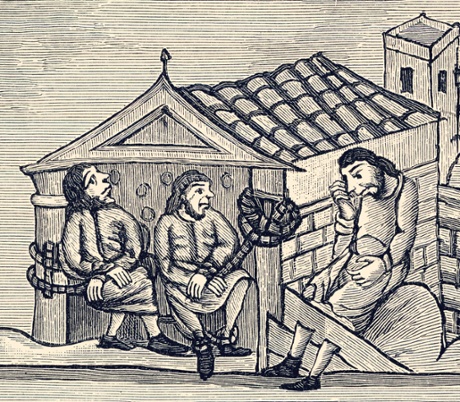
If you consider visiting a foreign country, one of the most important aspects you bear in mind is how safe you will be while you are there. Indeed, probably no other factor deters people from visiting a place as much as an absence of law and order. So it follows that the introduction of the systematic application of law and order marks quite a turning point in European history. This happened through the compilation of law books, the development of jurisprudence, and, in England, the development of “justices in eyre” – the forerunners of circuit judges – together with the establishment of trial by jury.
13th century: Markets

As is well known, money has existed for thousands of years. However, that doesn’t mean it has always served the same function as it does today. At the start of the 13th century not many people used money in England. The vast majority lived in the country and bartered for the things that they could not make for themselves. Lords commanded the time of their peasants and allowed them to farm a few acres in return. The only people who regularly handled silver pennies were the inhabitants of market towns – and there were only 300 of those (and some had fewer than 500 people). However, over the course of the 13th century another 1,400 markets were founded in England. European countries saw a similar quadrupling of the number of towns. Not all of these new foundations succeeded but many did. The whole of christendom shifted to a more mercantile economy as you simply cannot operate a barter system efficiently in a marketplace. By 1300, several countries had begun minting large-denomination coins in gold, and credit was available from Italian banking companies, which had branches across the continent.
14th century: Plague
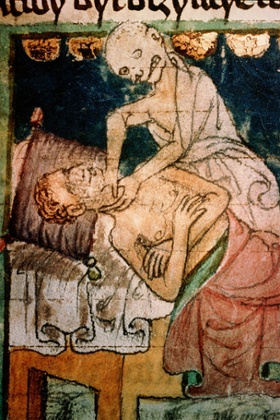
The greatest disaster to befall mankind and the most important event in the history of the western world had absolutely nothing to do with technology. With roughly half the population of the country dying in the space of seven months, the mortality impact was about 200 times as great as that of the first world war. The socio-economic consequences were profound. The old feudal system was dealt a heavy blow as the paucity of survivors meant workers could charge more for their labour, and peasants could acquire assets and even set themselves up as manorial lords. Questions were raised about God’s relationship with mankind and the nature of disease – how could a benevolent deity kill so many innocent children? At the same time, people began to regard death in a new light, and the religious started to abase themselves, adopting a stance of abject humility in the eyes of God. Thus the plague not only killed people, it changed the ways people lived, as well as their expectations of death.
15th century: Columbus
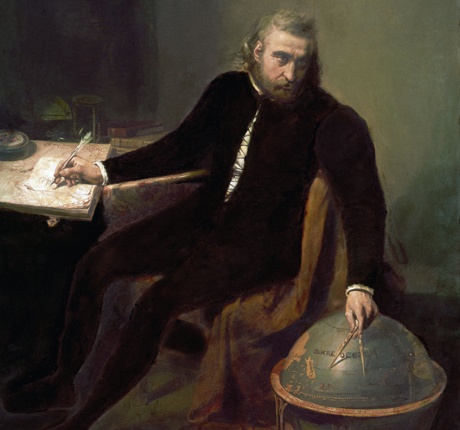
The most important relationship in human history is between mankind and the land. Basically, the more land you have, the more natural resources you have. Columbus thus stands as one of the most important figures in history. With a great fanfare of his own achievement, he showed Europeans the way to vast territories of which no one had previously dreamed. No new technology empowered him: the compass was already at least three centuries old by the time he discovered Hispaniola in 1492. It was rather socio-economic pressure that drove him – together with his own desire to become a wealthy landowner. The consequences go far further than Spanish being the second-most widely spoken language in the world today (after Chinese). Until 1492 most people had believed the ancient Roman and Greek writers had reached an epitome of knowledge. However, there is no reference to the American continents in Ptolemy or Strabo. People quickly realised that, if the ancient writers could have missed two whole continents, they might have misunderstood many other things too. The crossing of the Atlantic was thus one of the two or three biggest causes for the re-evaluation of received wisdom in the last thousand years.
16th century: The decline of personal violence
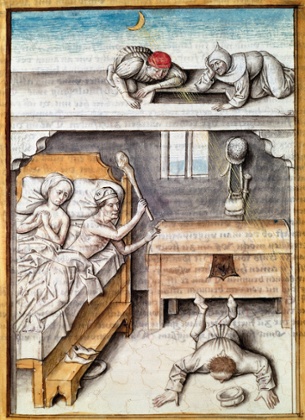
The pre-industrial past was, by our standards, incredibly violent. In the middle ages, the murder rate in Oxford occasionally hit the same level as Dodge City at the height of the American gun-slinging wild west. But from 1500, the murder rates decreased rapidly, and not just in Oxford. In fact, across Europe, they more or less halved every 100 years, until they started to increase again in the late 20th century. The cause was better communication, through a massive increase in literacy and writing, allowing governments to act more regularly and with greater certainty of finding the guilty party. People started to think twice before drawing a knife in a brawl. Constables answering to the authorities pursued highwaymen and similar culprits far more rigorously than in previous centuries. As with many changes over past centuries, the development was so gradual that contemporaries did not comment on them; they also quickly took a safer society for granted. But that very thing – a safer society – is something not to be thrown away lightly.
17th century: The scientific revolution
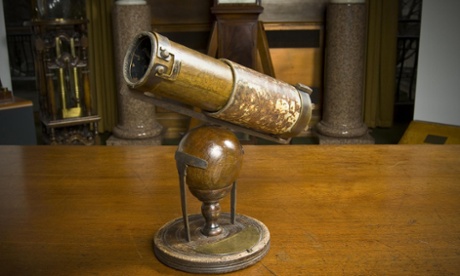
One thing that few people fully appreciate about the witchcraft craze that swept Europe in the late 16th and early 17th centuries is that it was not just a superstition. If someone you did not like died, and you were accused of their murder by witchcraft, it would have been of no use claiming that witchcraft does not exist, or that you did not believe in it. Witchcraft was recognised as existing in law – and to a greater or lesser extent, so were many superstitions. The 17th century saw many of these replaced by scientific theories. The old idea that the sun revolved around the Earth was finally disproved by Galileo. People facing life-threatening illnesses, who in 1600 had simply prayed to God for health, now chose to see a doctor. But the most important thing is that there was a widespread confidence in science. Only a handful of people could possibly have understood books such as Isaac Newton’s Philosophiae Naturalis Principia Mathematica, when it was published in 1687. But by 1700 people had a confidence that the foremost scientists did understand the world, even if they themselves did not, and that it was unnecessary to resort to superstitions to explain seemingly mysterious things.
18th century: The French Revolution
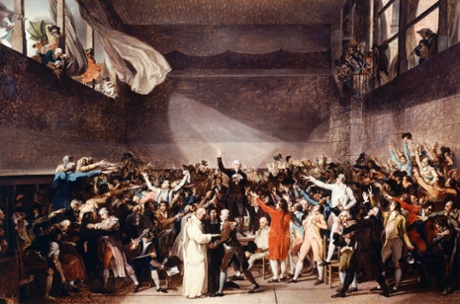
There is no doubt that the French Revolution of 1789 was THE revolution for the western world. It was the first testing of the idea, nationally, that men should be equal in the eyes of the law. It forced thinkers all across Europe to reassess the ideas of human rights, political equality, and the rights of women. Although many governments were initially cautious of encouraging change, without the French Revolution, it is difficult to see how the great social reforms of the 19th century – the abolition of slavery, universal education, the rights of women to act as independent property owners, public health, and the diminution of capital punishment – would have proceeded as they did.
19th century: Communications
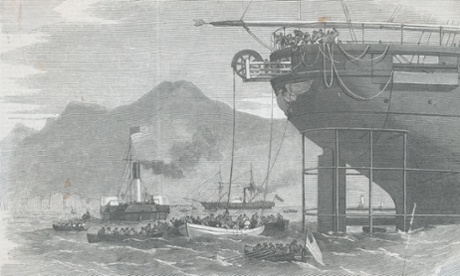
We think of the 20th century as undergoing a communications revolution. And for many people it has done: most of our great-grandfathers did not have a private phone in 1900 but about 40% of us had a mobile phone by 2000. But the real communications revolution lay in the 19th century – in 1900 you could send a telegram. In 1805, news of the Battle of Trafalgar (21 October) was delivered to the admiralty on 6 November. Just riding from Falmouth to London took Lieutenant Lapenotière 37 hours and 21 changes of horse. After the intercontinental telegraph cable was laid in 1872 it became possible to send a message to Australia immediately. The railways, telegraph and telephone made messaging much faster – in some cases almost instantaneous. This was just as significant as the modern communications revolution, if not more so. Governments trying to control their own countries and those overseas could now require that all important decisions be referred back to the capital; previously they had had to place trusted men in positions of responsibility all over the world – and hope for the best.
20th century: Invention of the future

There can be no doubt that technology hugely changed the ways in which we lived and died in the 20th century. However, it also masks changes that are arguably even more profound. In 1900 few people seriously considered the future. William Morris and a few socialists wrote utopian visions of the world they wanted to see, but there was little serious consideration of where we were going as a society. Today we predict almost everything: what the weather will be, what housing we will need, what our pensions will be worth, where we will dispose of our rubbish for the next 30 years and so on. The UN predicts world population levels up to the year 2300. Global warming reports are hot news. Novels about the future are 10 a penny. Newspapers and online newsfeeds are increasingly full of stories of what will happen, not what has happened. With limited resources on a limited planet, this is not a shift that is likely ever to change. In a thousand years or so, if society continues that long, the 20th century may well be viewed as the threshold when the modern world began – when humanity started to consider the future as well as the present and the past.
• Centuries of Change by Ian Mortimer is published by Bodley Head (£20)












 @ArittaLuvart86
@ArittaLuvart86 계정미등록
계정미등록

















